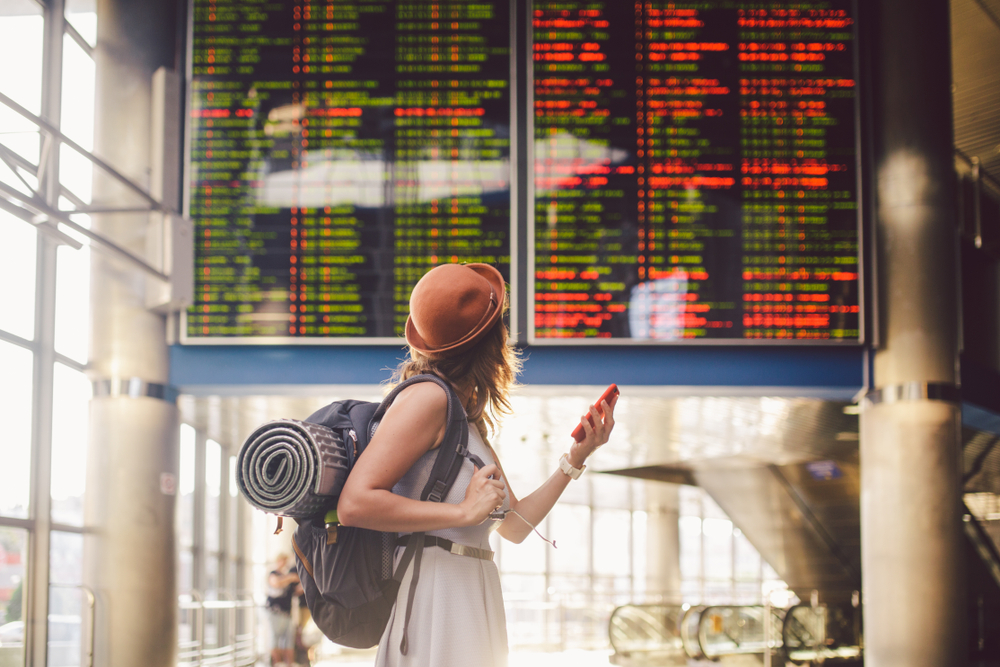Airfares and hotel room rates higher in Asia
Contributors are not employed, compensated or governed by TDM, opinions and statements are from the contributor directly

According to FCM Consulting’s latest Global Trends Report, Q2-2023 is one of two halves. One sees the Northern Hemisphere push travel demand over summer, while the other sees the rest of the world plateau. The volume of business trips increases, and travel patterns stabilise although disruption remains due to extreme weather and airport staffing shortages.
“Although airfares and hotel room rates remained high in Asia, businesses can still stretch their travel budget with the advice from their travel management consultants, by planning in advance, as well as leveraging technology,” said Gaurav Luthra, Managing Director of FCM India.
Increase in Domestic Air Fares
Domestic air travel demand is strong in most major markets such as China which is just 1 per cent lower than in 2019. Japan has seen an increase of 20 per cent and 13 per cent in India. This increase is due to competition between airlines, staffing capabilities, economic climate, and demand and supply.
93% Return of Airline Seat Forecast
Global domestic seats offered have surpassed 2019 volumes and are forecasted to be an additional 4.1 per cent above 2019 volumes. The Asia Pacific region has seen an increase of 6.9 per cent in domestic seats but is still -22.5 per cent lower when it comes to international seats.
The forecast across the 20 major airlines reported a 93 per cent return of seats in 2023 as compared to 2019. Globally, China Eastern takes the lead at 103 per cent, followed by LATAM and United Airlines at 102 per cent, American Airlines at 99 per cent, and Qantas and Qatar Airways at 98 per cent.
China Eastern Airlines leads in Asia with a 103 per cent forecast, followed by Singapore Airlines at 97 per cent and Cathay Pacific at 72 per cent.
19% Increase in Business Class Fares in Asia
The Middle East saw the highest increase in business class fares by 29 per cent followed by Australia and New Zealand at 27 per cent and Asia at 19 per cent.
Flights from Shanghai Hongqiao International Airport to Singapore saw the highest increase of 37 per cent, Mumbai to London and Shanghai Pudong International Airport to Singapore saw an increase of 20 per cent.
Room Demands Remains High in Asia
Q1-2023 to Q2-2023 saw an increase of average room rates by 3 – 12 per cent in Europe rising by 12 per cent, North America by 5 per cent and Latin America by 3 per cent. Reductions were observed in the Middle East and Africa by 19 per cent, and Asia by 2 per cent with Australasia rates remaining flat.
Tokyo remained the most expensive city to stay in Asia with average rates of USD$286 per night followed by Singapore at USD$260 per night. Hong Kong is now the 3rd most expensive hotel room night in Asia, overtaking Seoul due to China’s border reopening.
Hotel room rates in China saw the highest increase with Beijing up by 12 per cent, to USD$175 per night as compared to Q1-2023. Hong Kong saw an increase of 10 per cent to USD$246 and Shanghai saw an increase of 5 per cent bringing it to USD$140 per night.
Within India, Bangalore remains the most expensive averaging at USD$146, Delhi USD$120, and Chennai USD$101 per night.
Global occupancy for the year-to-date June 2023 was 63.3 per cent which is 96 per cent recovered to 2019. In Asia, India had the highest occupancy with Mumbai reaching 101 per cent, New Delhi at 97 per cent, followed by China with Shanghai at 95 per cent, and Beijing at 93 per cent.


Comments are closed.